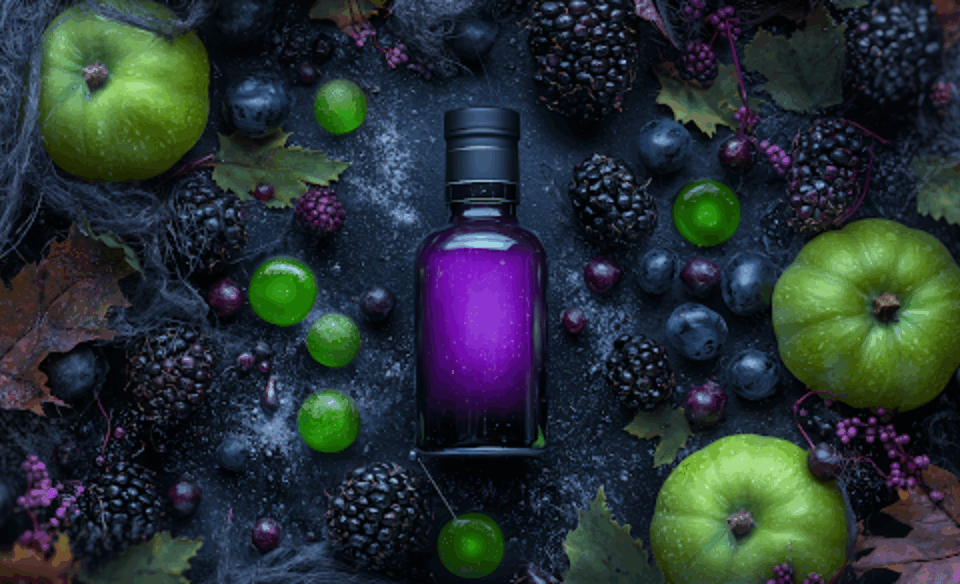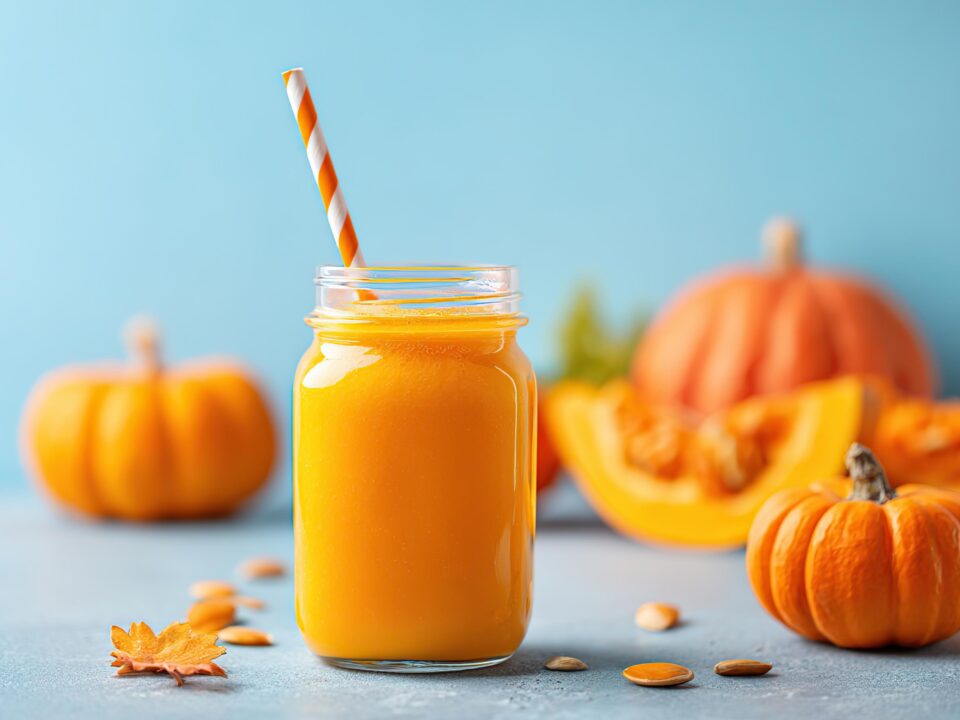
The Nature of Chocolate
What exactly is it about chocolate that keeps us coming back for more? The rich, smooth, melt in your mouth quality and texture seems to mysteriously stimulate our cravings for this dark and sensuous bean.
When it comes to health, the sweet and decadent is something that is usually looked down upon. However, raw, unadulterated chocolate contains antioxidants, polyphenols, and flavanols that can impact the body in beneficial wa
Our current modern world has created evolutionary technology and an abundance of conveniences. However, we have become sadly disconnected from how our food is cultivated, harvested, and processed. We are left seeing the final packaged produc stored in a refrigerated warehouse with blind trust that it will benefit our health. To m this is the cornerstone of where our health has gone tragically wrong. In honor of understanding and reconnecting with our food let’s dive into what cacao is and where it comes from.
Featured Favorites for December
Thin Mint Smoothie (coconut milk, almond butter, raw cacao, cacao nibs, dates, peppermint, honey)
- Key Health Benefit- Can help support the formation and function of stem cel
Peppermint Adaptogen Brownie Bites (dates, walnuts, almonds, raw cacao, cacao nibs, peppermint, adaptogenic medicinal mushrooms, oats, pink salt topped with a chocolate frosting)
- Key Health Benefit- Enhances cognitive functio
Holiday Hours
- Closed Christmas Eve & Christmas Day
From Seed To Shell
The cacao plant is native to the Amazonian rainforest and was a highly valued commodity in Mesoamerica where it was sacredly used for religious and cultural ceremonies, as well as currency.
Cacao trees flourish in a warm, limited geographical zone that is close to the equator Harvesting is typically a labor intensive process that includes cutting down ripened cacao pods. splitting the pods with a machete to remove the wet beans and pulp, fermenting the beans under banana leaves, and lastly sun drying them to remove any further moisture.
The raw fermented beans are then either crushed to make cacao nibs or cold pressed to extract cacao butter and/or raw cacao powder.
The raw nibs actually contain more health giving benefits due to the fact that the caca butter remains an active ingredient. The cacao butter helps with nutrient absorption of fat soluble vitamins and antioxidants that reside in the cacao plant.
Where It Went Wrong
We have a tendency to take what nature gives us and turn into something that will destroy our health. In the chase for a less bitter tasting product and higher dopamine output we began roasting the cacao beans after fermentation. This process destroys a lot of the naturally occurring polyphenols and antioxidants that result in the cacao beans nutritional profile.
Companies began adding sugar, milk fats, and even synthetic stabilizers such as PGPR (polygylcerol polyricinoleate) to improve texture. Real cacao butter can derive the same effect but is considered too expensive in comparison when it comes down to the bottom line.
Conclusion
When will we realize that mother nature has the upper hand?
Her complex web of life giving nutrients are bountiful and full of sustenance. There is no better way to honor and respect these ingredients by using them in a way that protects our bodies and revitalizes our health.



